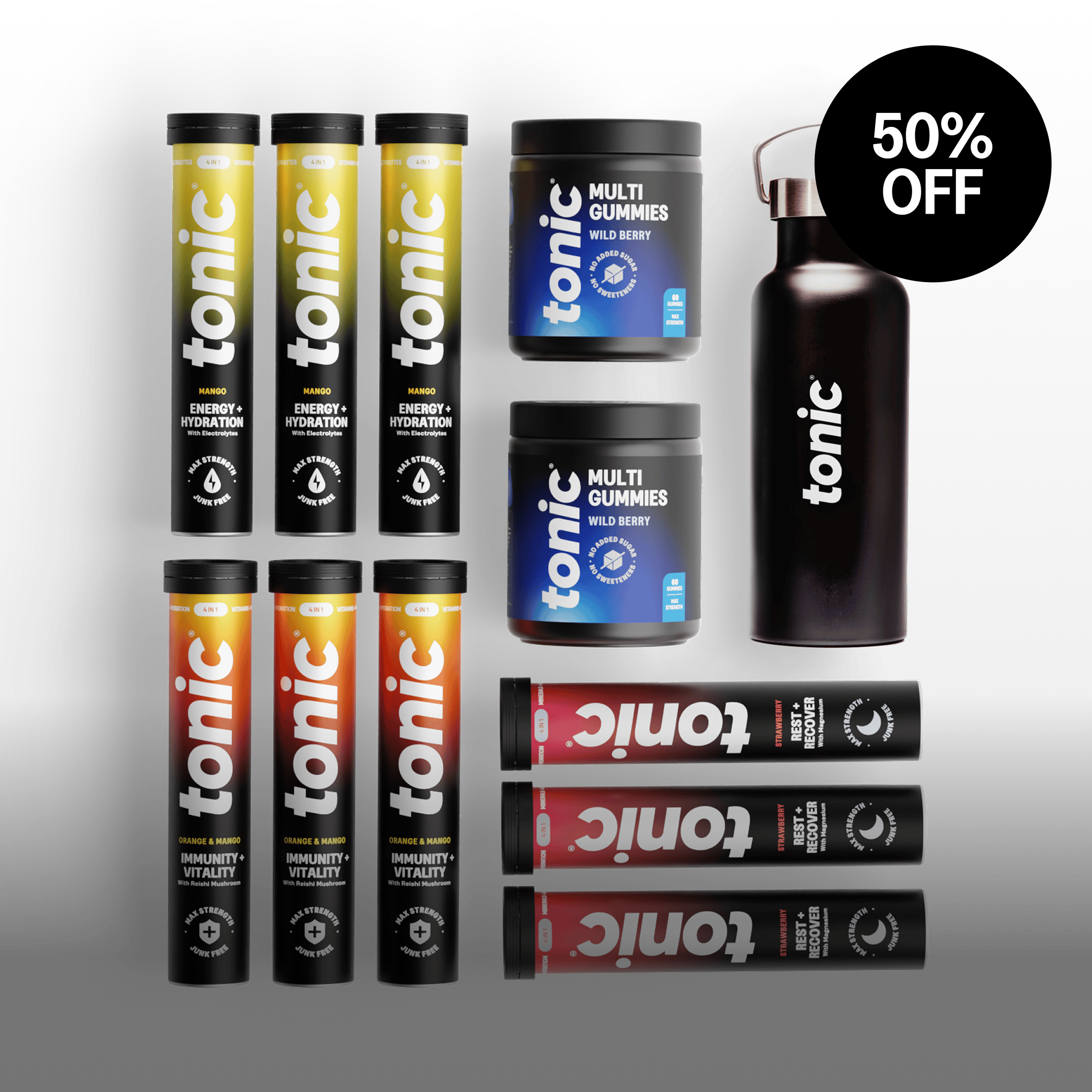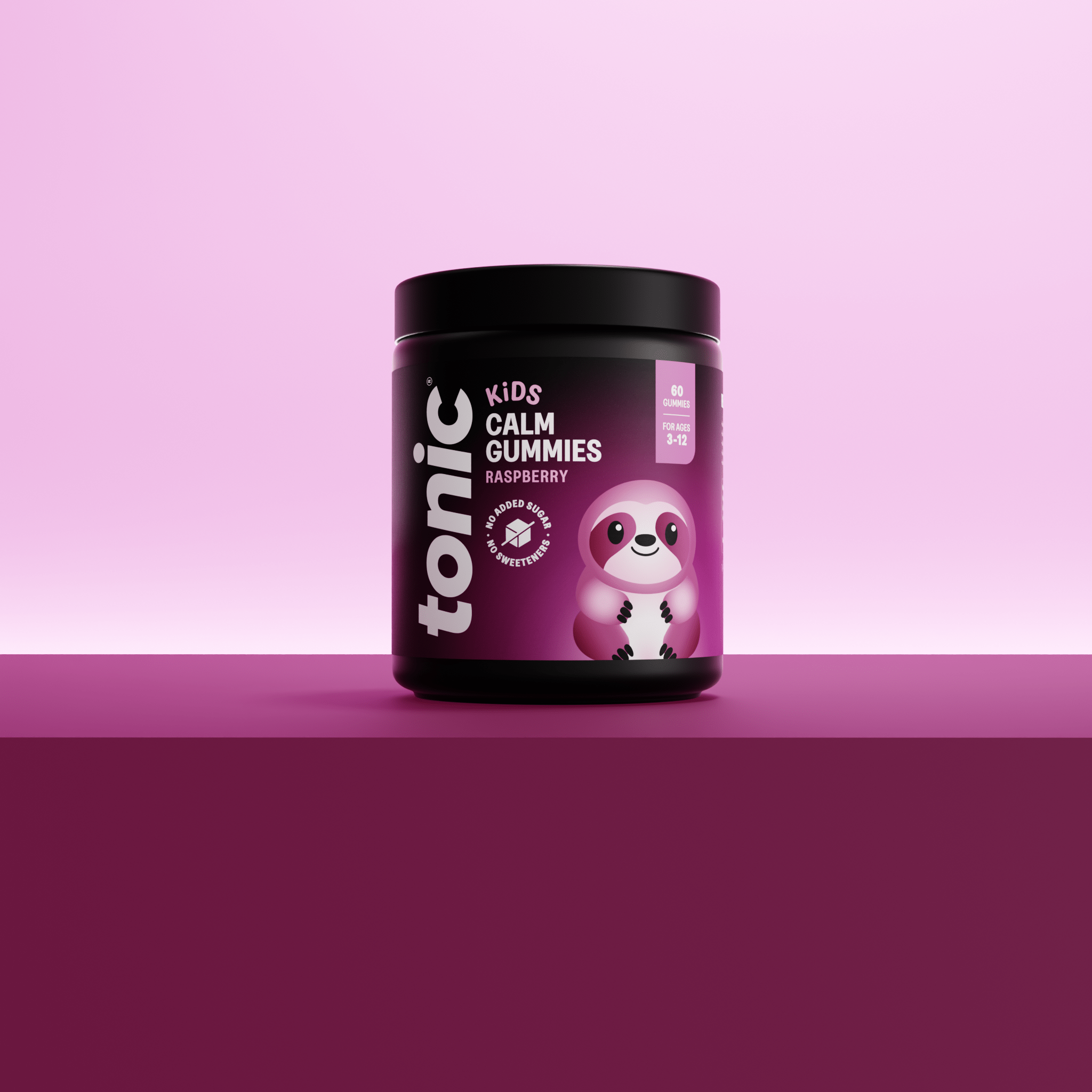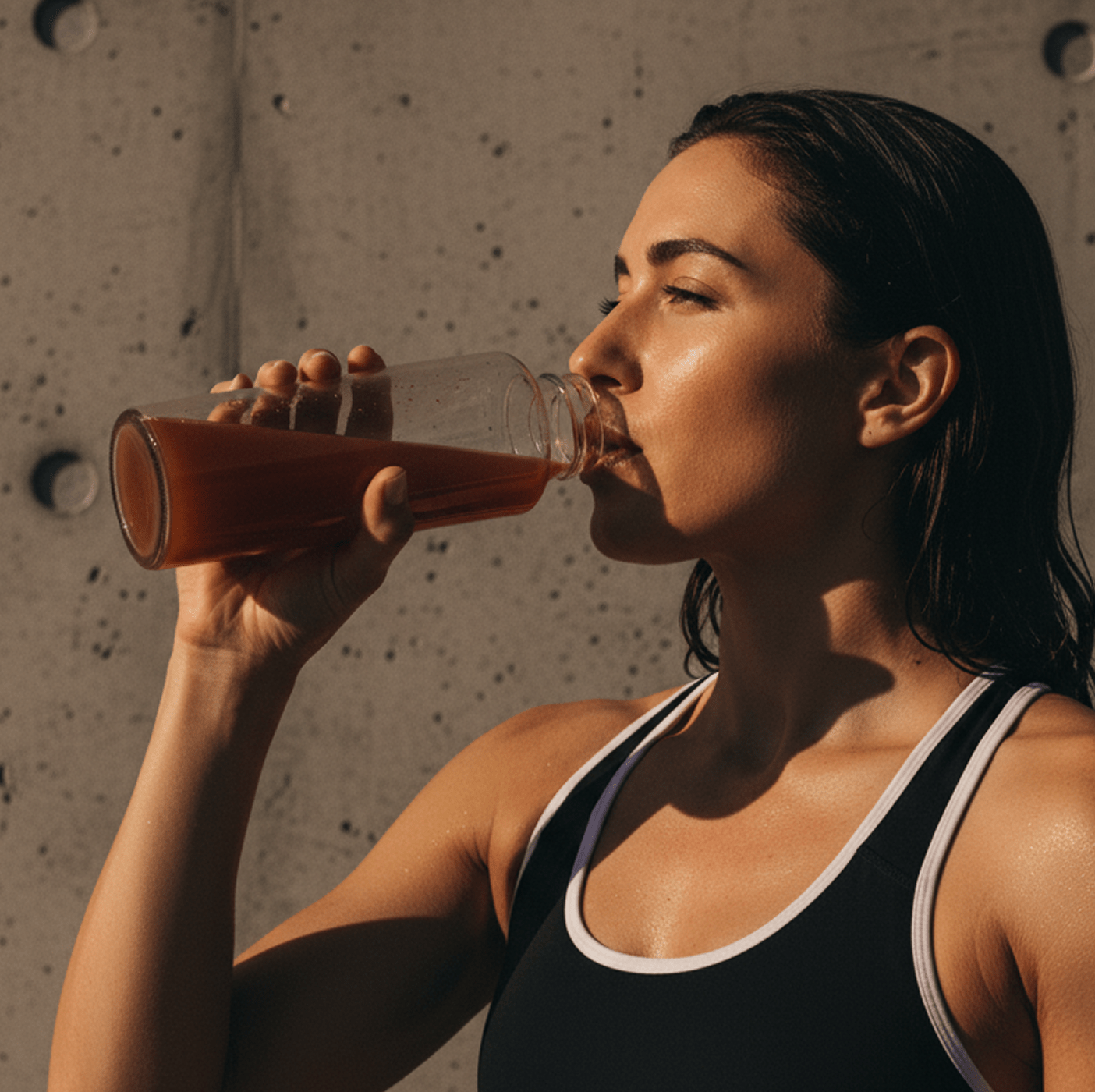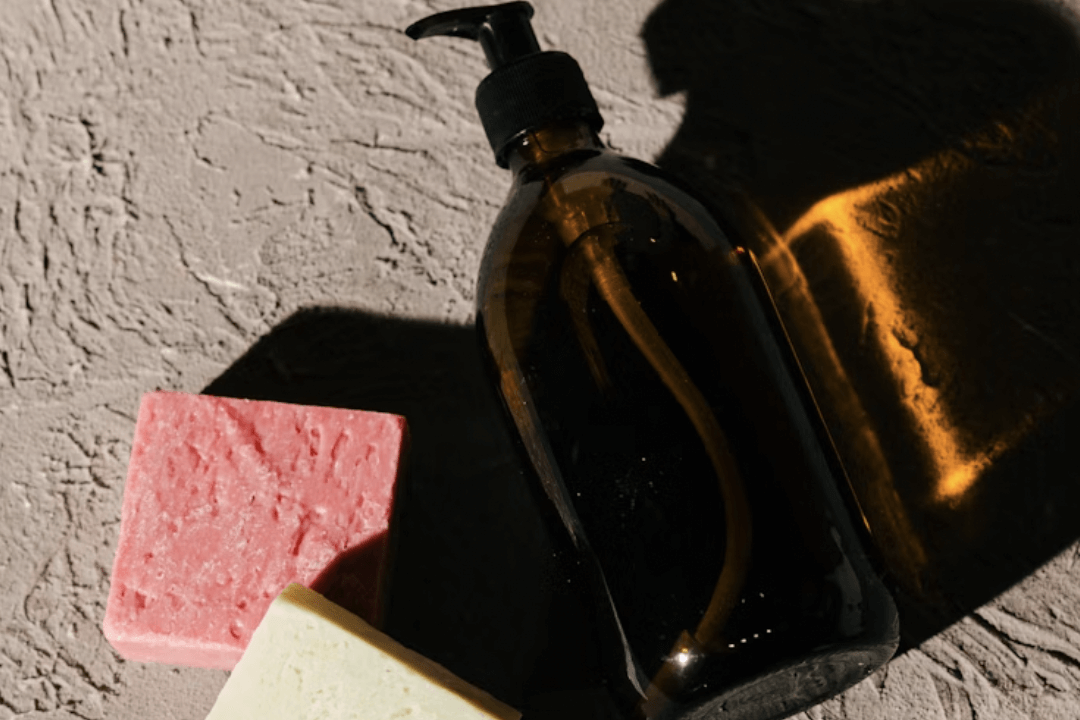By Natalie Louise Burrows, Nutritionist and Clinic Director at Integral Wellness
Do you ever think about what’s in the air you breathe at home?
When it comes to health, we often focus on diet, exercise, and sleep — and rightly so. But your home environment plays a quiet, often overlooked role in your wellbeing.
You might be eating organic, drinking filtered water, getting your 10,000 steps — even avoiding antiperspirant deodorant — but what about your cleaning spray? The synthetic fragrance in your laundry softener? The plastic containers holding your leftovers?
These everyday items may seem harmless, but collectively they can add up to a significant chemical burden on your body.
The good news? You don’t have to overhaul your life overnight. Going “chemical-free” at home is about making intentional swaps to reduce exposure to toxins that can disrupt your health over time.
So, what does ‘chemical-free’ really mean?
Let’s be clear: everything is technically made of chemicals, including water. When we talk about a “chemical-free” home for wellbeing, we mean minimizing synthetic, potentially harmful chemicals found in household and personal care products.
Common culprits include:
- Phthalates (synthetic fragrances)
- Parabens (preservatives in cosmetics)
- Volatile Organic Compounds (VOCs) (cleaning agents, paints, air fresheners)
- BPA (plastics)
- PFOAs (non-stick cookware)
Many of these substances have been linked to hormone disruption, respiratory issues, or an increased toxin load on the liver.
What could chemicals be doing to our health?
Your body is designed to detoxify — your liver, kidneys, skin, and lungs work every day to keep you well. But constant, high exposure can overwhelm these systems.
Hormonal disruption
Everyday chemicals can mimic or interfere with hormones like oestrogen, testosterone, and thyroid hormones, impacting menstrual cycles, fertility, metabolism, and mood — especially during puberty, pregnancy, or perimenopause.
Liver overload
If your liver is busy processing synthetic chemicals from cleaning sprays, plastics, or skincare products, it may have less capacity for other vital tasks, such as blood sugar regulation, cholesterol balance, and hormone metabolism.
Respiratory and immune impact
Synthetic fragrances, aerosol sprays, and VOCs can trigger asthma, allergic reactions, or skin flare-ups like eczema. Poor indoor air quality is also linked to sleep disturbances and cognitive issues.
Where are these chemicals hiding?
You don’t have to live in a laboratory for chemicals to creep in — they’re embedded in common, everyday items:
- Cleaning Products: Ammonia, bleach, and chemical surfactants
- Air Fresheners & Candles: Synthetic fragrances releasing VOCs
- Personal Care: Shampoo, deodorant, makeup, lotion with parabens, sulfates, dyes
- Laundry Detergents: Synthetic fragrance and optical brightener residues
- Plastics: BPA and phthalates, especially when heated
- Cookware: Scratched non-stick surfaces releasing toxic compounds
Simple swaps to start with
Start small — one product, one habit, one room at a time.
✅ Natural cleaning products:
Use white vinegar, baking soda, and essential oils, or try a lemon with baking soda for scrubbing.
✅ Fragrance-free laundry detergent:
Opt for eco-friendly, plant-based alternatives.
✅ Glass or stainless steel instead of plastics:
Ideal for food storage, water bottles, and cookware (cast iron is another great option).
✅ Open windows regularly:
Ventilation is one of the easiest ways to improve indoor air quality. If you live on a busy street, consider an air purifier.
✅ Check your personal care products:
Look for paraben-free and phthalate-free options or use apps like Yuka or Think Dirty to assess ingredients.
Recommended brands:
- Kit & Kin: Laundry products
- Purdy & Fig: Home cleaning products
- Ilia, RMS Beauty: Makeup
- Pyrex, Our Place: Containers and cookware
The benefits of a low-tox home
Reducing exposure to everyday chemicals can lead to better hormonal balance, fewer respiratory issues, clearer skin, improved energy, and a calmer, more resilient body.
For many, it also brings peace of mind, knowing that your home supports your health and wellbeing.
Remember: it’s not about perfection or fear — it’s about small, intentional changes that honor your body, your health, and your environment.
✨ Start simple: one room, one product, one step at a time — every swap makes a difference.
-
Natalie Louise Burrows is a registered nutritional therapist (BANT, CNHC) and clinic director at Integral Wellness, a nutrition and health clinic specialising in cardio-metabolic health. Along with her clinic team of nutritionists, they help men and women regain their energy, control their cravings and avoid and reverse type 2 diabetes. They also address health conditions such as high blood pressure, high cholesterol, insulin resistance, fatty liver and heart disease, and weight challenges.







Leave a comment
All comments are moderated before being published.
This site is protected by hCaptcha and the hCaptcha Privacy Policy and Terms of Service apply.